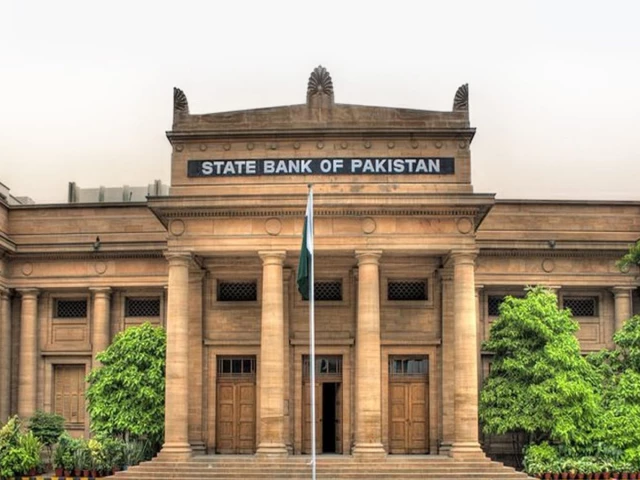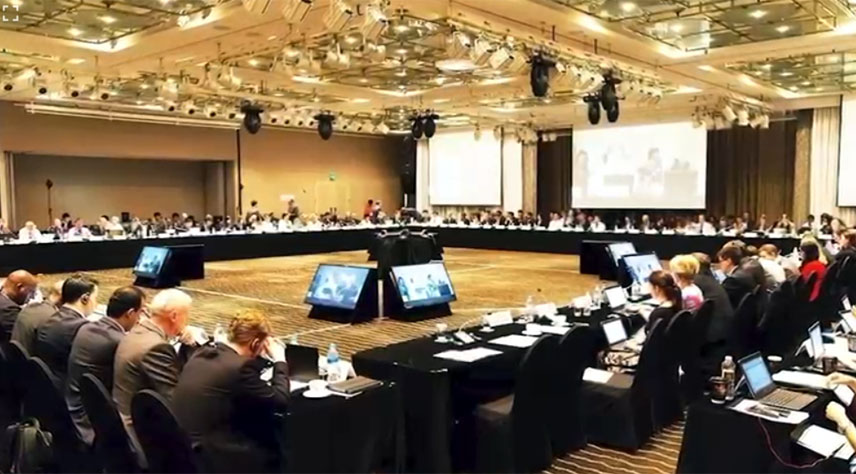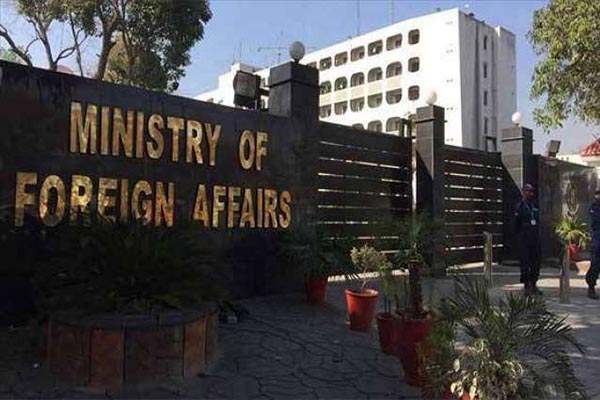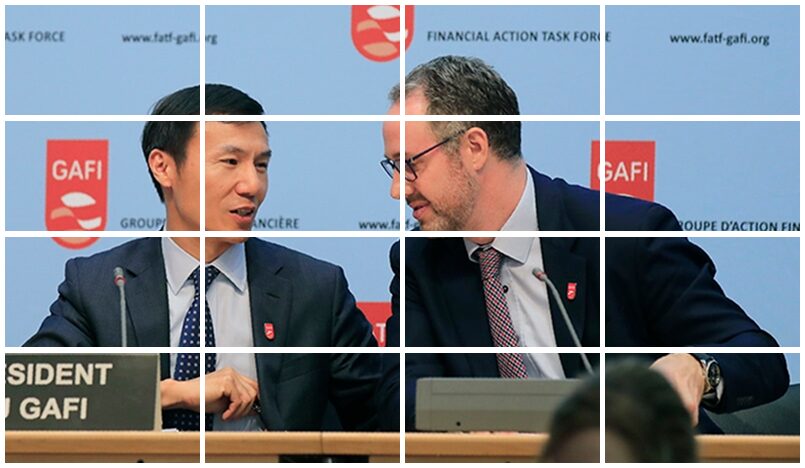From Greylisting to Reform:
Pakistan’s FATF Engagement, 2018–2022




The Financial Action Task Force (FATF) develops global standards to curb money laundering and terrorist financing. It evaluates countries on both technical rules and real-world effectiveness, and it places underperforming jurisdictions under “increased monitoring,” commonly referred to as the grey list. Pakistan’s engagement has involved intensive legislative reform, regulatory action, and institutional coordination to address identified deficiencies and to align with international standards


Pakistan’s FATF trajectory at a glance
June 2018, Pakistan was placed on the grey list due to structural deficiencies in its anti-money-laundering and counter-terrorist-financing framework, including gaps in law, coordination, risk assessment, and regulation of high-risk sectors such as DNFBPs.
October 2019, after initial steps, FATF noted limited progress and issued a strong call to complete outstanding actions by February 2020.
February 2020, Pakistan was assessed as largely compliant on 14 of 27 action-plan items.
October 2020, following an intensive legislative push, Pakistan was deemed largely compliant on 21 of 27 items, and was urged to complete the remainder.
June 2021, FATF found Pakistan compliant on 26 of 27 terrorism-financing action-plan points and, in parallel, issued a 7-point action plan focused on money laundering, reflecting findings from the mutual evaluation process.

The 27-Point Action Plan (2018): core gaps and initial response
The 2018 plan targeted deficiencies identified in Pakistan’s Mutual Evaluation Report, notably limited legal tools for ML/TF, weak inter-agency coordination, poor risk analysis, inadequate regulation of DNFBPs, and thin mechanisms for international cooperation. The plan’s items spanned risk understanding, outreach to financial sectors, targeted financial sanctions, STR analysis, parallel investigations, cash-courier risk mitigation, supervision of non-profits, and effective sanctions, among others.
Pakistan’s initial response combined law-enforcement actions with regulatory and policy measures. Authorities issued a UNSC Freezing and Seizure Order (2019) and guidelines to implement UNSCR 1267 and 1373, while the State Bank of Pakistan and the Securities and Exchange Commission of Pakistan tightened AML/CFT guidance, including steps against informal money-value transfer services.
2019–2020: from piecemeal steps to whole-of-government reform
By late 2019, FATF pressed for faster progress. Pakistan established a National FATF Coordination Committee to drive cross-government delivery, mandate supervision over high-risk sectors such as real estate and precious metals, expand oversight to lawyers and accountants through their self-regulatory bodies and the FBR, and empower the Financial Monitoring Unit over transactions through Pakistan Post and National Savings. These moves sought to close supervisory gaps flagged in national risk assessments.
Between February and October 2020, Parliament passed around fifteen laws to address the remaining points, an unusually active legislative period that reflected broad political commitment to compliance.
Pivotal
Legal
Instruments
4
Benami Transactions rules and ordinance
Advanced transparency in beneficial ownership to disrupt concealment of criminal proceeds
Collectively, these measures addressed the plan’s demands for stronger sanctions, faster and more coordinated investigations, better asset freezing, and clearer legal pathways for cooperation. By October 2020, Pakistan had moved to 21 of 27 items largely compliant.
Building investigative capability and demonstrating effectiveness
Beyond formal compliance, FATF emphasizes effective outcomes. Several reforms were designed to convert legal powers into case results:
Investigative techniques
New Section 19-C of the ATA authorized undercover operations, interception, and digital forensics for terrorism-financing cases, reducing reliance on eyewitness testimony and improving evidentiary quality. AMLA updates enabled similar techniques for ML and predicate offences
Joint investigations and coordination
JITs can now co-opt specialists from federal and provincial institutions, while AMLA provisions mandate cooperation across agencies, improving throughput from detection to prosecution
Expanded remedial toolkit
Courts gained authority to forfeit substitute property where primary assets are unavailable, closing a common loophole in asset recovery
These steps supported the Action Plan’s call for effective, proportionate, and dissuasive sanctions and for demonstrable results in investigations, prosecutions, and confiscations.

Targeting illicit flows: cash couriers and informal transfer channels
FATF identified illegal MVTS and cash smuggling as high-risk channels. Pakistan responded on several fronts:
FERA amendments increased penalties and made violations permanently cognizable, enabling more decisive enforcement against hawala/hundi operators. Related offences were integrated into the AMLA schedule, allowing ML charges tied to foreign-exchange violations.
Point-of-sale integration: Federal Board of Revenue rules on online integration of businesses mandated electronic fiscal devices for retailers, a measure intended to reduce unrecorded cash transactions that facilitate ML/TF.
Smuggling deterrence: changes under the Finance Act 2020–21 and related measures tightened definitions, accelerated adjudication, and broadened enforcement support against currency and goods smuggling.
These actions spoke directly to the plan’s requirements on MVTS and cash-courier regimes.
The 7-Point ML Action Plan (2021): deepening the reforms
After Pakistan reached 26 of 27 TF targets in June 2021, FATF introduced a 7-point plan to consolidate progress on money laundering. Priorities included enhancing international cooperation, demonstrating effective supervision and sanctions for DNFBPs, increasing ML investigations and confiscations, and monitoring DNFBPs for proliferation-financing requirements with consequences for non-compliance.
Technical compliance and on-site validation
By early 2022, Pakistan’s technical framework had been upgraded across almost the entire FATF corpus, with 38 of 40 recommendations rated largely or fully compliant. The FATF approved an on-site inspection that concluded in September 2022, the customary final step before a country exits the grey list. The dual track of action-plan delivery and mutual-evaluation follow-ups indicated that Pakistan’s legal, regulatory, and supervisory architecture had been substantially realigned with FATF standards
What changed inside the system
A credible engagement with FATF requires not only laws, but also institutions and processes that can deliver results. Several changes stand out
Whole-of-system coordination
The National FATF Coordination Committee created a focal mechanism, aligning ministries, regulators, LEAs, and provincial authorities, and extending coverage to vulnerable sectors such as Pakistan Post and National Savings
Sharper sanctions and direct UNSC implementation
ATA and AMLA amendments increased penalties, tightened freezing and forfeiture, and embedded compliance with UNSCR 1267 and 1373 directly into domestic law, closing a persistent enforcement gap
Supervision beyond banks
New regulatory frameworks brought DNFBPs into scope, clarified supervisory responsibilities for self-regulatory bodies and the FBR, and operationalized inspections
Risk-based adjustments
The Updated National Risk Assessment and sector-specific rules supported targeted interventions, for example on hawala/hundi and cash smuggling, which FATF singled out as high-risk channels
Evidence-ready investigations
Expanded investigative powers, stronger inter-agency cooperation, and procedural tools to handle substitute assets increased the likelihood that cases would reach conviction and confiscation
Pakistan’s engagement with the FATF has shifted from defensive compliance to a system-wide overhaul. The state moved from scattered measures in 2018–2019 to a coordinated reform program in 2020–2022, comprising approximately 15 legislative acts, dozens of regulatory instruments, new supervisory coverage for DNFBPs, upgraded investigative powers, and a more coherent framework for cross-border cooperation. This translated into 21 of 27 action-plan items largely compliant by October 2020, 26 of 27 TF items by June 2021, and 38 of 40 technical recommendations largely or fully compliant by early 2022, followed by an on-site inspection in September 2022. The trajectory illustrates what sustained political commitment and institutional coordination can deliver, provided that legal reforms remain anchored in measurable enforcement outcomes.
